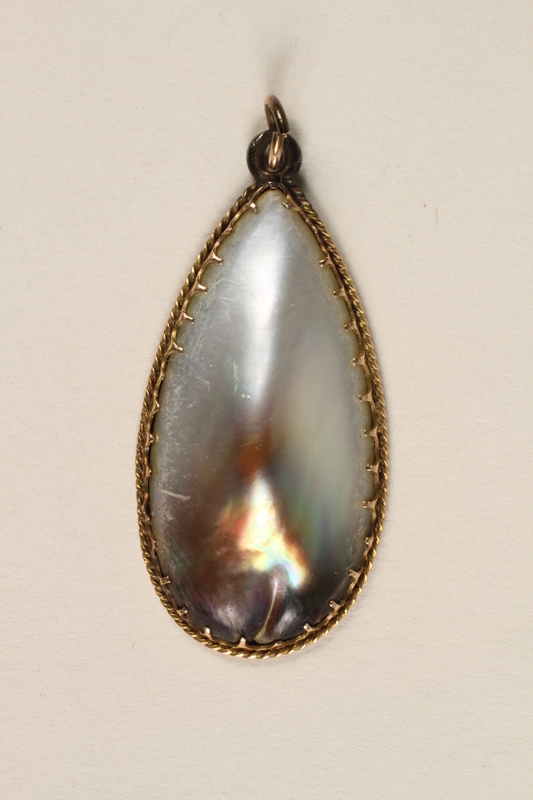Magda Lowy was born on October 11, 1923, in Satu Mare, in the Transylvania region of Romania, to an orthodox couple, Moritz and Zseni Lowy. She had an older sister, Elizabeth, born in 1921. Her mother had died and her father had remarried so she had a stepmother, Cecilia, a half-brother, Alexander (b. 1927), and a half-sister, Klari (b. 1930). Her father’s family was extremely wealthy and respected by the Hungarian Jewish community. Her father was a flour and grain merchant, and owned a store and large warehouse. Hungary annexed the region in August 1940, and occupied Satu Mare on September 20, 1940. They enacted laws to exclude Jews from sectors of community life, such as certain professions. German forces occupied Hungary on March 19, 1944, and enacted extreme anti-Semitic measures to eliminate the Jewish population. The Lowy’s money was confiscated or accepted as bribes, but on May 8-9, 1944, they were removed from their home and relocated to the Szatmar ghetto where her father was on the Judenrat (Jewish Council). In June, they were all herded into cattle cars and taken to Auschwitz. A German officer, Josef Mengele, stood on the platform sorting them as they disembarked, deciding who was useful alive and who was not. Her sister Elizabeth remembers: "We were almost at the crematorium. He called me out of line. My mother saw this and she screamed for my sister Magda to go with me because I couldn't take care of myself. The German officer snapped his whip and cracked Magda across the back. "Where do you think you are going?” he demanded to know. "To help my sister," she said. "He looked at her and said ‘Go ahead.”’ They were fed one slice of brown bread in the morning and a bowl of soup at midday. They did hard labor in a small town outside Auschwitz, digging trenches, carrying cement, and building artillery installations. They heard rumors about the Allies landing in France and that Russian forces were advancing from the east. In November, about 500 women were loaded into train cars and taken to Ober Hohenelbe, a concentration camp in the Sudetenland, in western Czechoslovakia, that was a subcamp of Gross-Rosen. They were forced to work in a factory, making small electrical tubes supposedly for radios; they were told by one of the engineers in April that the tubes were used in the automatic pilot planes that flew over the English Channel. According to Elizabeth, “She said if you want to sabotage, go ahead and do it. They did.” The camp was liberated by Russian troops in February 1945. Elizabeth and Magda returned to Satu Mare, searching for surviving family members. Their only surviving family member they found was an uncle, Meilach; all the rest had perished, over 200 people. They later discovered that they had a paternal aunt who had survived the Holocaust in hiding in Belgium. Elizabeth married Norman Spitz, a highly decorated member of the Czech underground, on August 16, 1945. They emigrated from Czechoslovakia to the United States in November 1946 with their infant daughter, and settled in New Jersey. Magda married Eugene Moldovan, a fellow survivor from Satu Mare in 1946 and they emigrated to Australia.





